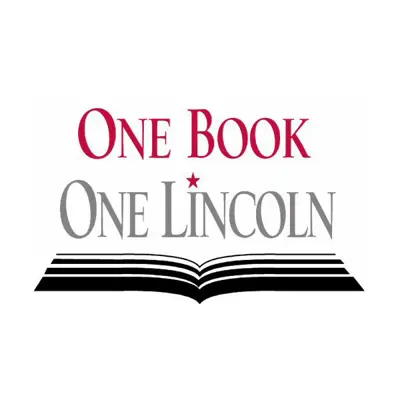Explore Lincoln City Libraries
Discover the services and programs offered throughout Lincoln City Libraries
Featured Stories
Explore the People, Programs and Stories Behind Lincoln City Libraries

Volunteer Income Tax Assistance
Volunteer Income Tax Assistance is available from January 31 to April 11.
Eat Your Words
Calling all hungry readers! This feast of food-related books are sure to rev up your appetite.




















